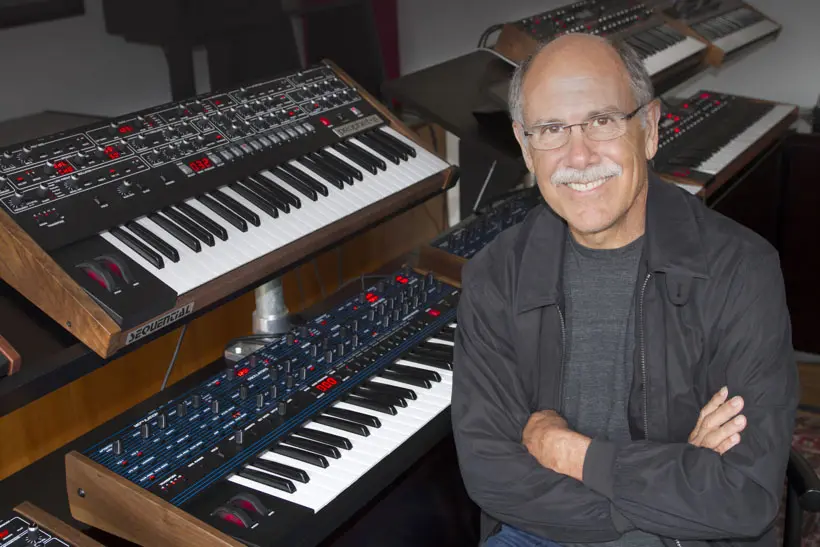
The development of MIDI technology has been impactful throughout the history of the production of music and the industry as a whole. MIDI stands for Musical Instrument Digital Interface and its an electronic standard that is used to transmit signals that can be used to make music digitally. This technology works by translating MIDI instructions into sound. So, if someone plays a MIDI instrument, the same notes that were played are recorded and stored as MIDI data. The data that was recorded can then be transferred to a computer and can be modified and turned into an audible sound (Hosa Tech). The specific date the technology was invented is debated, but MIDI was invented around 1981 by David Smith of Sequential Circuits. Smith came up with this idea to solve the problem of spending thousands of dollars on a synthesizer(s), a very popular musical device (especially in the ’80s when MIDI was invented) that creates unique electronic sounds. MIDI technology changed that by eliminating the need for the physical instrument or keyboard to create the sound. The MIDI hardware would just create the instructions for the software to decode and produce sound (ibid). However, once MIDI technology came out, popular producers and artists viewed it as too slow. Only once MMA, the MIDI Manufacturers Association (composed of many different big–name manufacturers of music products) convinced the majority of consumers that this technology could change the music industry, did it become a success (Gibson). The organization started creating books and guides on how MIDI technology worked and it became even more accessible due to the creation of online tutorials as well. As Mike D’Errico discusses in his book, “in terms of controllerism techniques, the use of MIDI devices to control software is the most common practice, with historical roots in the rise of digital technology in the 1980s. Controller Cultures Created in 1983, MIDI was an important development in the history of music technology in that it facilitated increasing connections between ‘digital’ computers and ‘analog’ hardware such as synthesizers” (D’Errico, 130). Even though the specific connections were constrained between instruments, this allowed one digital synthesizer to regulate an analog synthesizer’s notes or output volume. Over time, MIDI devices were integrated into many initial computer operating systems such as Apple Macintosh, Commodore 64, and Atari ST (ibid).
MIDI was fundamentally more affordable for everyone, but it made the creation of music much easier for non-professionals who were interested in music or producing their own sound. MIDI opened up different possibilities for musical genres like pop, funk, R&B, and especially hip-hop. This development of music software reshaped production techniques and how music was made by giving producers endless creativity to make a sound. The functionality of these developmental tools allowed for a diversity of resources for producers to explore and develop new ideas. Historically, artists and producers had to go to a studio to make music, since that’s where all the expensive and immobile equipment was, but MIDI technology made it convenient for anyone to make music from anywhere if they have a power outlet nearby. In effect, this technology leveled out the playing field for producers and artists around the world. The customizability of the technology is what led to the producers like Mike Dean having unlimited creative access to produce hip-hop albums like Birds in the Trap Sing McKnight.
MIDI interfaces work through real-time processing. From the perspective of the MIDI hardware, the music is just a string of events. These events happen one at a time and are sequential. For these events to be processed, something has to be continuously in motion (Selfridge-Field, 42). What is always in motion is the other devices that a MIDI controller is connected to (ibid). As Eleanor Selfridge-Field says, “The work of the MIDI interface is to facilitate two-way traffic between such static objects and the dynamic processes controlled by hardware” (ibid). MIDI expedites both the input and output, so it supports two kinds of processes; it captures the key strokes and converts them into readable data by the computer (ibid).